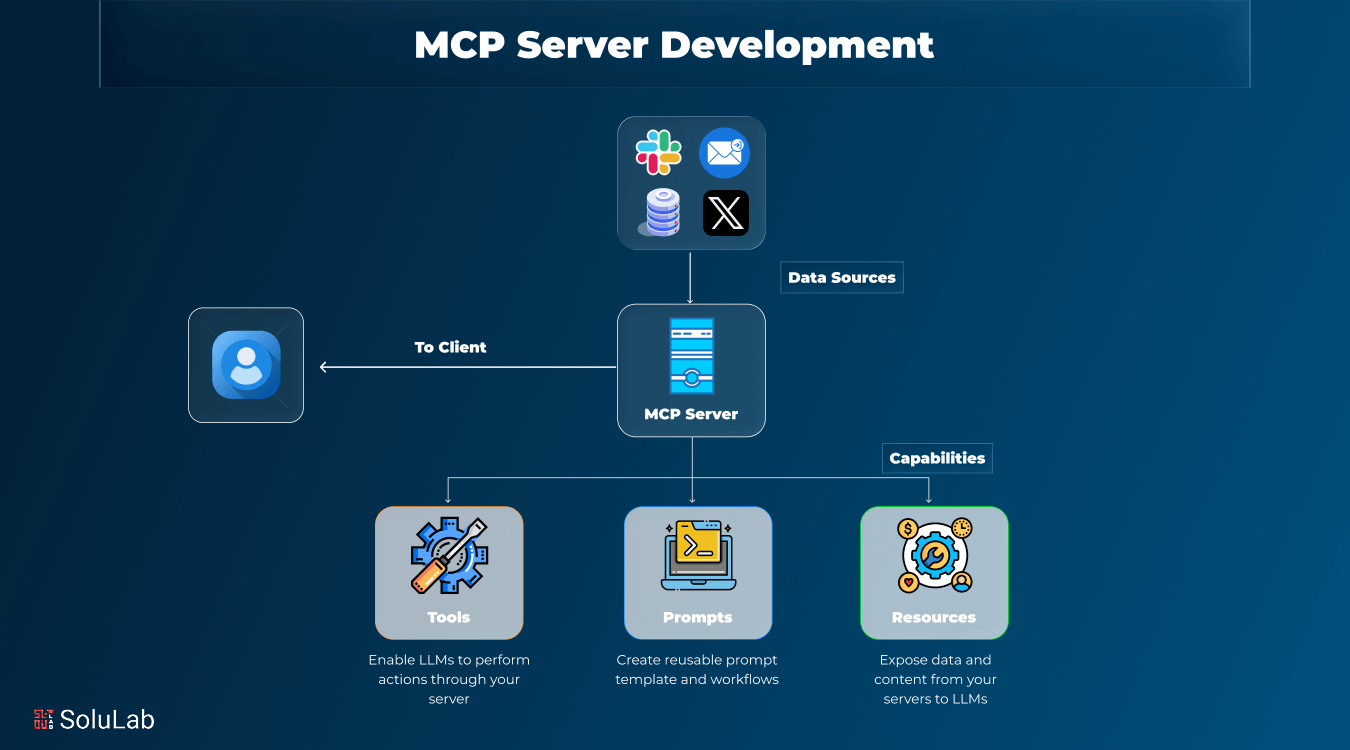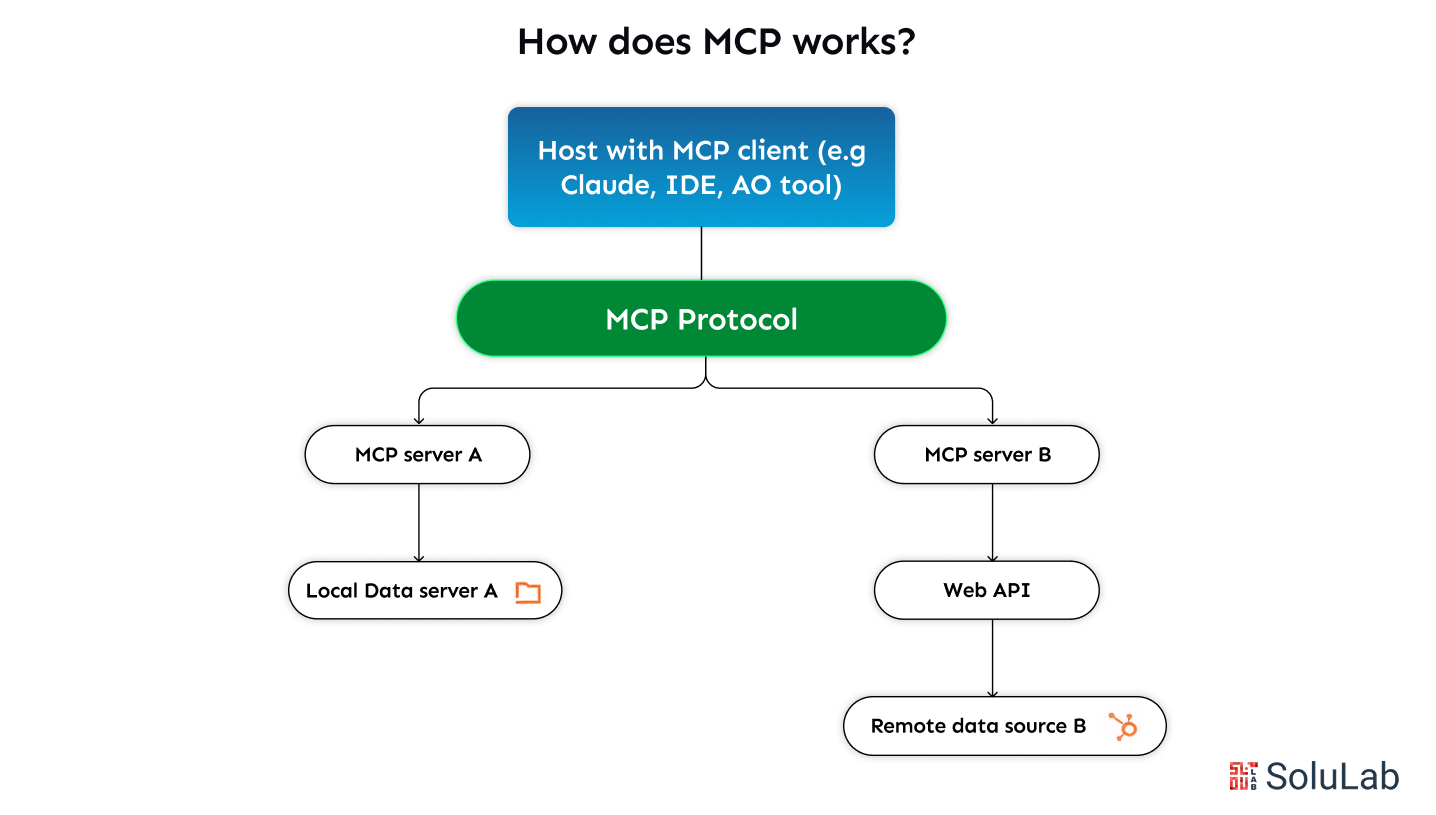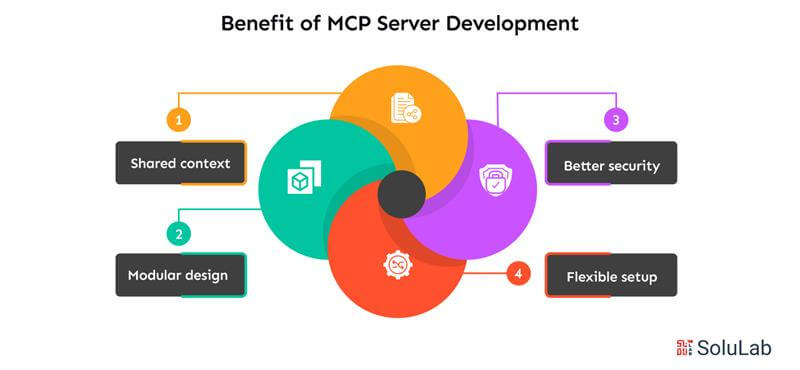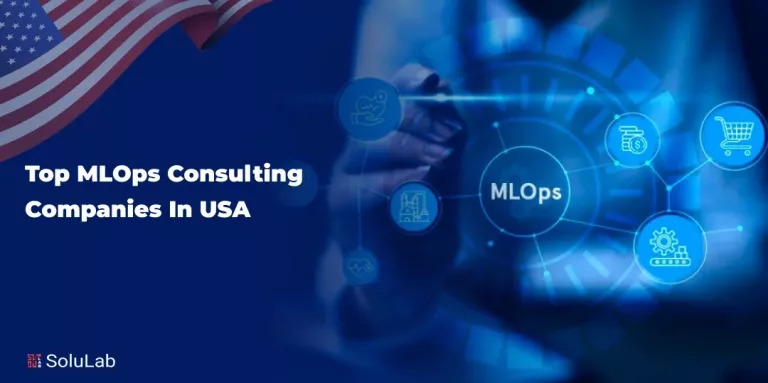
AI is evolving fast, and so is the pressure to keep your systems smart, connected, and scalable. That’s why more companies are urgently investing in MCP server technology to future-proof their AI infrastructure and stay competitive.
More than 80% of enterprise AI systems are now being built with agent-based models that require collaboration and shared memory. To make that possible, companies are now turning to MCP servers as a key solution.
One of the biggest changes is the rise of Model Context Protocol (MCP), a new way for AI agents to share information, stay in sync, and work smarter across different platforms.
If you’re building complex AI systems or scaling large language models (LLMs), you might be looking for MCP servers, the post is for you then! Let’s get started.
Why Are More Companies Adopting MCP So Fast?
If you’ve searched for “Why is MCP important for AI systems?” or “What does an MCP server actually do?” – you’re not alone.
These are real questions for anyone building or scaling modern AI solutions. MCP development is growing quickly because today’s AI agents don’t work alone. They need to:
- Work together in teams
- Remember past conversations
- Share context in real-time
The problem? Traditional APIs weren’t built for this. They are slow, rigid, and can’t hold memory across interactions.
That’s where the Model Context Protocol steps in. It gives developers and businesses a standard way to share information across agents, apps, and tools. Think of it as a shared memory layer that helps your AI systems talk to each other smoothly.
More and more product teams, CTOs, and enterprise leaders now realize that context is critical. Without it, your agents won’t perform well, and your user experience will suffer. With MCP development, your AI becomes faster, smarter, and ready to scale.
How Does MCP Server Development Work?
If you’re new to the concept, think of a Model Context Protocol (MCP) server as the central memory hub of your AI system. In traditional AI setups, each agent or model often works in silos, meaning they don’t remember past interactions or share information with other tools. But with MCP architecture, things change!
Your MCP server becomes the shared brain of your AI ecosystem. It allows different agents, models, or tools to collaborate, remember past context, and work together in real time, just like a well-coordinated team.

Here’s a simple breakdown of how it works:
1. A user sends a message or request through an app, chatbot, or platform.
2. Instead of starting from scratch, the AI agent connects to the MCP server to fetch past interactions, memory, or data relevant to that specific user or use case.
3. The MCP server processes this request, searches its stored context, and delivers the needed information back to the AI model or agent.
4. The agent uses this memory to generate a smarter, more relevant response, without asking the same questions again.
This is what makes MCP server development so powerful: it replaces one-off, disconnected API calls with an intelligent memory system that helps your artificial intelligence perform better over time.
What’s Actually Inside An MCP Server Setup?
When our MCP developers build these systems for clients, we typically include the following components:
1. Context Vector Store: This holds structured memory, making it easy for agents to retrieve past data instantly. It’s often used with techniques like RAG (Retrieval-Augmented Generation).
2. Identity Layer: This tracks user sessions and ensures every agent knows who it’s talking to, across platforms and tools.
3. Access Controls: To keep everything secure, we integrate permission layers, encryption, and role-based access to prevent data leaks or misuse.
4. Replay & Logging System: This lets your team monitor conversations and analyze agent performance over time, essential for optimizing responses and compliance.
The result? A system where AI agents don’t forget what was said earlier, even across apps, sessions, or devices.
Why this matters for your business?
Whether you’re building a customer-facing chatbot, a multi-agent internal tool, or an AI-powered SaaS platform, adding MCP application development unlocks smarter automation, deeper personalization, and much faster response times.
For example, imagine your AI agents working like an experienced sales representative who remembers every customer, every conversation, and can jump in mid-way without missing context. That’s what MCP server development enables.
If you’re still wondering how to develop an MCP server, don’t worry, you’re not expected to know it all. That’s exactly where we come in.
We help companies from startups to enterprises design and deploy MCP architecture that fits their stack, goals, and scalability needs. Whether it’s integrating with AI agents, powering a Build Private LLM system, or optimizing a Chain Abstraction setup, we’ve got the playbook.
What Are The Real Benefits Of MCP Server Development?
MCP server development helps businesses fix major issues with how AI systems work today. Here’s why more companies are choosing it:

- Shared context: Your AI agents can remember past interactions and don’t repeat themselves.
- Modular design: You can easily add or swap agents, AI tools, or models without breaking your system.
- Better security: Your AI’s memory stays private and safe, not exposed through basic public APIs.
- Flexible setup: Works with any LLM, API, or AI framework; no need to rebuild your whole system.
The biggest value? Interoperability. Whether you’re using open-source models, enterprise-grade tools, or different agents, MCP lets everything work together smoothly.
And if you’re planning to build a private LLM, this setup makes sure your AI memory is safe, easy to retrieve, and stays in your control, perfect for enterprise environments where privacy matters.
What Makes MCP Better Than Regular APIs?
Most traditional APIs were designed for basic tasks like Create, Read, Update, Delete (CRUD), not for helping smart systems remember, think, or work together. They don’t store memory, can’t easily connect multiple agents, and don’t scale well when you bring in large AI models like LLMs.
That’s why more businesses are now choosing MCP server development over old-style API systems. Here’s a simple breakdown of how they compare:
| Feature | Traditional API | MCP Server |
| Context Sharing | No | Yes |
| Agent Collaboration | Limited | Built-in |
| Scaling with LLMs | Manual | Automatic |
| Modularity | Low | High |
| Memory Replay | Not Supported | Yes, Built-in |
With building an MCP server, you’re not throwing away your APIs; you’re making them smarter. MCP adds a memory layer that lets AI agents work together, pass along information, and make decisions with full context.
This change helps reduce repetitive logic, improves agent efficiency, and lets you scale your AI systems faster and with fewer bugs.
If you’re planning to scale AI across your teams, products, or clients, MCP is the upgrade your stack needs.
Where Is MCP Being Used in Real-World Projects?
MCP application development is already being adopted by businesses across industries that rely on smart, automated systems. It helps AI agents work together better, share memory, and deliver more accurate results faster.
Here are some real-world use cases where companies are seeing success:
1. Smart Home Systems
Businesses use MCP to manage multiple AI agents across connected home devices.
- Coordinate lights, appliances, and voice assistants
- Maintain shared memory across devices
- Improve response time and user experience
2. Customer Support Platforms
AI-powered chatbots become smarter with MCP by remembering past conversations and offering relevant help.
- Context-aware replies
- Reduced user frustration
- Faster ticket resolution
3. Enterprise Automation Workflows
For companies building advanced tools, MCP + Agentic RAG enables smarter agent coordination and memory sharing.
- Automates repetitive tasks
- Links data across departments
- Supports real-time decision-making
4. Financial Dashboards & Reporting
With model context protocol, AI systems pull insights from various tools and offer tailored reports.
- Live syncing across financial agents
- Faster access to relevant data
- Personalized dashboards for teams
One of our clients used Agentic RAG with an MCP server to build a multi-agent productivity system. It cut down API lag by 42%.
Another company, recognized as a Top AI development company, added the MCP architecture into their internal tools to speed up agent collaboration and context switching. If your business is building with AI agents, LLMs, or RAG pipelines, this kind of MCP server development can give you a serious edge, faster systems, smarter agents, and better customer experiences.
Can MCP Systems Scale Securely and Meet Enterprise Standards?
When designed the right way. We build and deploy MCP architecture using strong, enterprise-grade security practices like:
- OAuth and Role-Based Access Control to manage user permissions
- Encrypted data sharing between agents and servers
- Session isolation so each AI agent works safely and independently
If your business uses a mix of cloud services, on-prem systems, or different chains, we also use Chain Abstraction to keep your MCP deployment flexible and compatible across tools.
And yes, compliance is built in. Our MCP development includes support for HIPAA, SOC 2, and GDPR, so your AI infrastructure is not just powerful, but also fully secure and ready for audit.
Why Are Leading Companies Moving to MCP?
The reason is clear:
- You need faster, more efficient workflows
- You need AI agents that remember past tasks
- You need to scale quickly without rebuilding your tech stack
That’s exactly what MCP server development offers. Our clients across fintech, healthcare, and SaaS have reported major improvements, systems run twice as fast, are easier to maintain, and offer better collaboration between AI agents.
If you’re still relying on old APIs and patchwork integrations, you’re falling behind. Your competitors are already gaining an edge by using Model Context Protocol to streamline operations and build smarter systems.
How We Help Businesses Build with MCP Server Development?
Backed by an experienced MCP development team, we help businesses turn ideas into scalable, AI-ready infrastructure. As we hold a proven record as a leading name for AI development in the USA, the solutions we offer will push you towards success with minimal effort.
Here’s what we offer:
- Strategy & Consulting: We guide you on the right MCP architecture based on your goals and use cases.
- Custom MCP Server Development: Our team builds secure, high-performance MCP servers tailored to your stack.
- Seamless Integration: We connect your LLMs, RAG pipelines, and AI agents into one smooth system.
If you’re wondering how to develop an MCP server, we’ll walk you through everything, from planning to full deployment, so your AI system can scale, collaborate, and perform better.
Conclusion
If your company is working with AI systems or plans to, then MCP server development should be part of your roadmap. It’s not just a new tech trend; it’s a practical solution for shared memory, better agent communication, and smarter AI operations.
As AI becomes more advanced, businesses need more than just good prompts. They need agents that can work together, remember past tasks, and deliver faster results. That’s exactly what MCP development brings to the table.
The future of AI solutions isn’t about working alone. It’s about seamless collaboration, context sharing, and building systems that can grow with your needs. Contact us to know more!
FAQs
Q1. What is MCP?
MCP stands for Model Context Protocol, a standardized way for AI agents and models to share and manage context or memory. It helps different AI components work together smoothly by creating a shared understanding, improving collaboration and efficiency in AI applications.
Q2. What is MCP server development?
MCP server development is the process of building and deploying servers that manage context exchange based on the Model Context Protocol. These servers act as the backbone for AI agents to share memory, maintain session data, and provide seamless interaction across different AI tools.
Q3. How do I start building an MCP server?
Building an MCP server starts with understanding your AI use cases and how agents will communicate. Then, developers design the server infrastructure to store and manage shared context securely and efficiently. Using standard protocols, you integrate the MCP server with your AI models and agents for real-time context flow.
Q4. How to develop MCP server for my enterprise?
To develop an MCP server, start by assessing your AI ecosystem and identifying where context sharing is needed. Then, choose technologies that support protocol standards, design secure context stores, and implement APIs for agents to interact smoothly. Partnering with an experienced team can fast-track this process.
Q5. Why is MCP server development important for AI?
MCP server development is crucial because AI agents need persistent memory and shared context to work effectively. Without an MCP server, agents operate in silos, causing fragmented user experiences and slow workflows. A well-built MCP server centralizes context management, boosting AI collaboration and performance.
Q6. How does MCP differ from traditional APIs in AI development?
Unlike traditional APIs that handle simple requests, MCP focuses on context continuity and real-time memory sharing across AI agents. This makes MCP better suited for complex AI applications where multiple models and agents must coordinate, remember past interactions, and work as a cohesive system.





